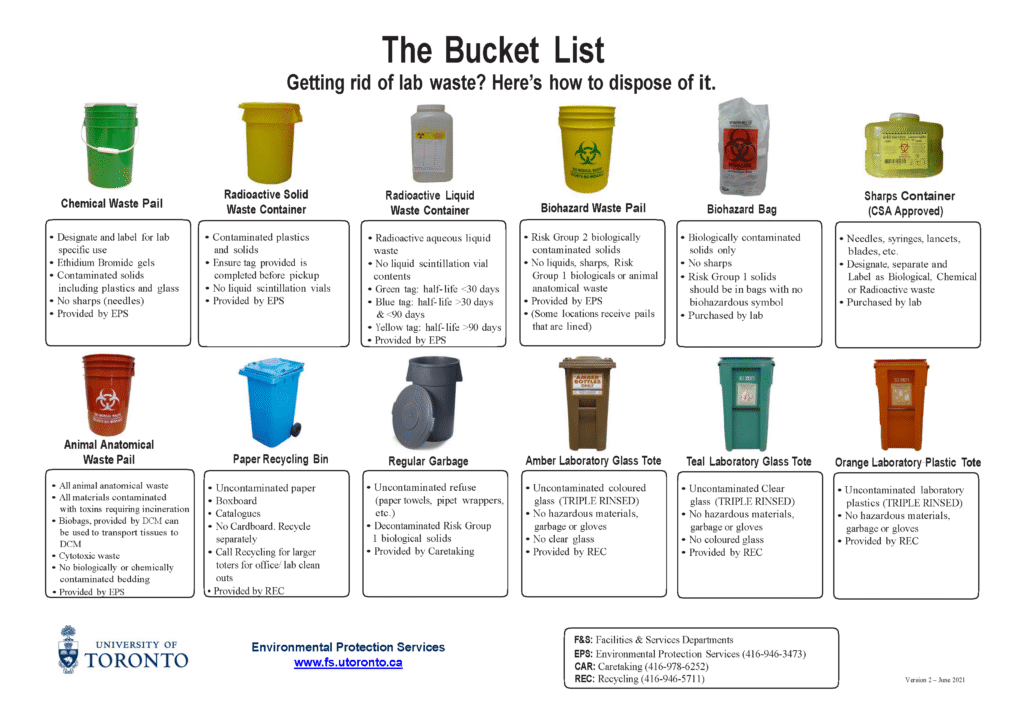
Working in a laboratory environment often involves handling various chemicals, some of which can be hazardous. It’s crucial to understand that not all waste generated in a lab can simply be poured down the sink. Improper disposal practices can lead to serious environmental contamination and damage to plumbing systems. This article will delve into the importance of safe chemical management in laboratories, outlining proper waste disposal procedures and highlighting the potential consequences of negligence.
This article will explore the intricacies of laboratory waste disposal, focusing on the dangers associated with can you pour chemicals down the sink in a lab. We’ll discuss established chemical management practices, hazardous waste protocols, and the significant risks of environmental contamination and plumbing damage. By understanding these critical aspects, researchers and laboratory personnel can contribute to a safer and more sustainable work environment.
Laboratory Waste Disposal
Laboratory waste disposal is a multifaceted process that requires careful consideration and adherence to specific guidelines. Unlike household waste, laboratory waste often contains hazardous substances that pose significant risks to human health and the environment. Improper disposal can lead to soil and water contamination, posing threats to ecosystems and public well-being.
Effective laboratory waste management involves segregating different types of waste, including chemical waste, biological waste, and sharps. Each category requires distinct handling and disposal procedures. Chemical waste, for instance, should be stored in designated containers according to their compatibility and potential hazards. Biological waste, such as cultures and tissues, must be autoclaved or incinerated to eliminate the risk of infection. Sharps, including needles and scalpels, require secure disposal in puncture-proof containers.
Chemical Management
Chemical management encompasses a comprehensive set of practices aimed at ensuring the safe handling, storage, and disposal of chemicals within a laboratory setting. This includes implementing robust inventory control systems, adhering to strict labeling protocols, and providing adequate training to personnel on chemical hazards and safety procedures.
Inventory Control
Maintaining an accurate inventory of all chemicals present in a laboratory is essential for effective chemical management. This involves recording the name, quantity, concentration, storage location, and potential hazards associated with each chemical. Regular audits of the inventory can help identify expired or unused chemicals that may require disposal.
Labeling Protocols
Clear and concise labeling of all chemical containers is crucial for preventing accidents and ensuring safe handling. Labels should include the chemical name, hazard warnings, safety precautions, and contact information for emergency response.
Hazardous Waste Protocols
Hazardous waste, defined as any material possessing characteristics that pose a threat to human health or the environment, requires specialized handling and disposal procedures. Laboratories generating hazardous waste must comply with local, state, and federal regulations governing its management. These protocols often involve segregation of waste streams based on their hazard classifications, secure storage in designated containers, and transportation by licensed waste haulers for proper treatment and disposal.
Waste Segregation
Segregating hazardous waste into distinct categories is essential for ensuring safe handling and disposal. Common waste streams include acids, bases, solvents, reactive materials, and toxic substances. Each category may require specific storage conditions and disposal methods.
Waste Treatment and Disposal
Hazardous waste treatment and disposal processes aim to minimize environmental impact and protect human health. Common treatment methods include incineration, chemical neutralization, and biological degradation. Licensed waste disposal facilities are responsible for implementing these processes in accordance with regulatory standards.
Environmental Contamination
Improper disposal of chemicals can lead to widespread environmental contamination, posing significant risks to ecosystems and public health. Chemicals released into soil or water sources can contaminate groundwater, affect plant growth, disrupt aquatic life, and ultimately pose threats to human health through contaminated food chains or direct exposure.
Soil Contamination
Chemicals leaching into the soil can alter its composition, affecting soil fertility and microbial activity. Heavy metals and persistent organic pollutants can accumulate in the soil, posing long-term risks to plants and animals.
Water Contamination
Discharge of untreated chemical waste into water bodies can contaminate drinking water sources, harm aquatic life, and disrupt entire ecosystems. Pollutants such as pesticides, fertilizers, and industrial chemicals can have devastating effects on fish populations, algae growth, and overall water quality.
Plumbing Damage Prevention
Pouring certain chemicals down the sink can cause significant damage to laboratory plumbing systems. Acids and bases can corrode pipes and fixtures, leading to leaks, blockages, and costly repairs. Additionally, some chemicals may react with other substances in the plumbing system, creating hazardous byproducts that can pose risks to personnel and the environment.
Corrosion
Strong acids and bases can rapidly corrode metal pipes and fittings, weakening their structural integrity and increasing the risk of leaks. Over time, corrosion can lead to significant damage and costly repairs.
Chemical Reactions
Mixing incompatible chemicals in a sink drain can result in hazardous reactions that generate heat, gas, or corrosive byproducts. These reactions can damage plumbing systems and pose risks to personnel handling the waste.
Conclusion
Safe chemical management is paramount in laboratory settings. Understanding proper waste disposal procedures, adhering to established protocols, and recognizing the potential consequences of negligence are crucial for protecting human health, safeguarding the environment, and ensuring a sustainable work environment. By prioritizing responsible chemical management practices, laboratories can contribute to a safer and more sustainable future.
